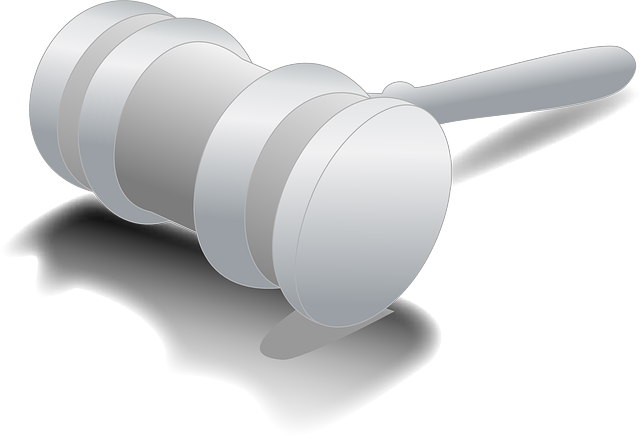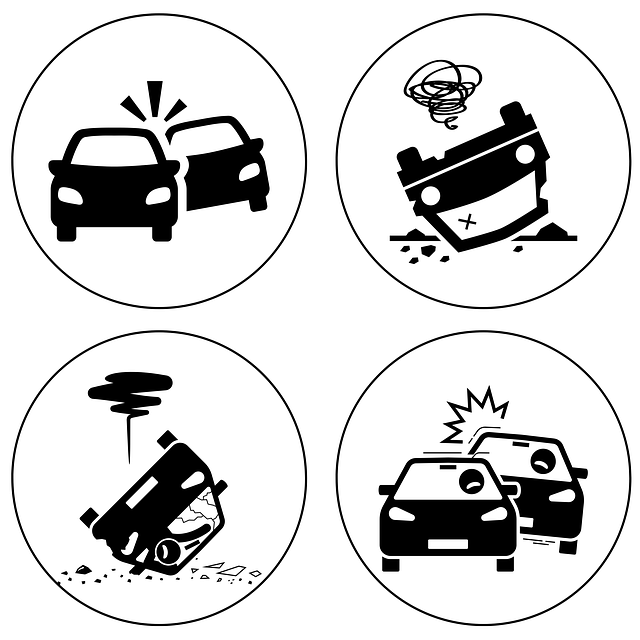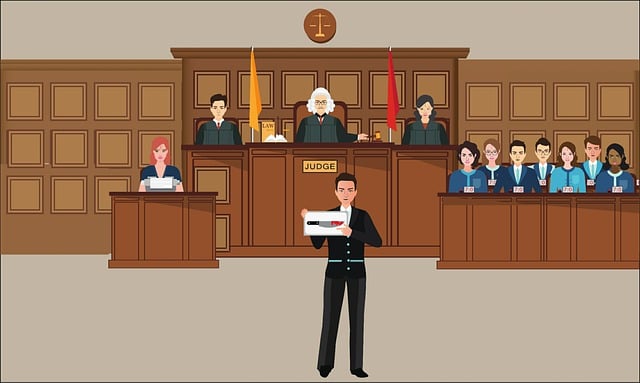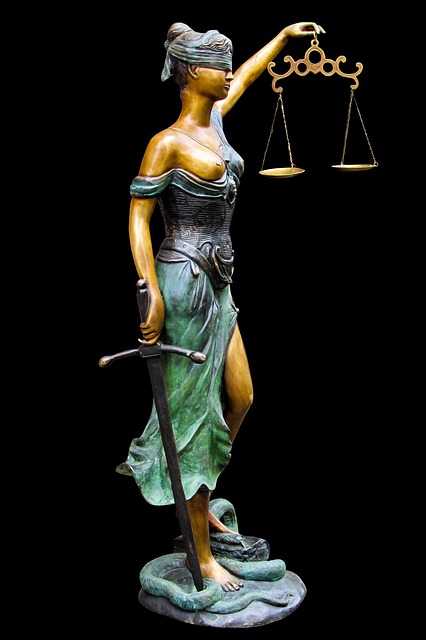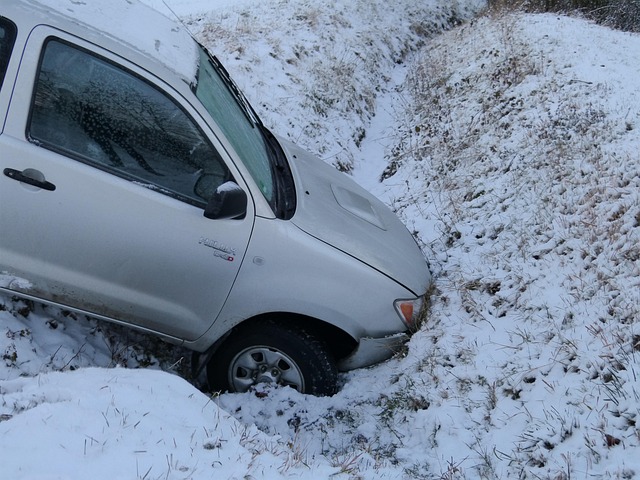Uneven pavement falls cause significant injuries and determine liability involves a complex legal analysis. Parties held accountable include government entities, property owners, or contractors. An auto accident attorney specializes in personal injury law, navigates these cases by examining circumstances, safety standards, and gathering evidence to identify negligence. Swift action after an uneven pavement fall is crucial: assess injuries, document the incident, gather eyewitness contact details, and consult a legal expert for recovery options.
Uneven pavement falls can lead to serious injuries and legal ramifications. Understanding who is liable in these cases is crucial for victims seeking justice and compensation. This article delves into the complex world of uneven pavement fall cases, exploring key legal considerations from liability determination to post-fall steps. By understanding your rights and options, you can navigate this challenging situation effectively. Learn how to identify responsible parties and take action after an uneven pavement fall.
- Understanding Uneven Pavement Fall Cases
- Determining Liability: A Legal Perspective
- Steps to Take After a Fall on Uneven Pavement
Understanding Uneven Pavement Fall Cases

Uneven pavement fall cases often arise from hazardous road conditions where cracks, holes, or other defects in the roadway cause pedestrians to trip and fall. These incidents can result in serious injuries, ranging from sprains and fractures to more severe traumas. When an individual suffers an injury due to an uneven pavement fall, determining liability becomes a crucial aspect of seeking justice and compensation.
In such cases, several parties could potentially be held liable, including government entities responsible for maintaining public roads, property owners, or even contractors involved in road construction or repair. An auto accident attorney specializing in personal injury law can help navigate these complex situations. By examining the circumstances surrounding the fall, reviewing relevant safety standards, and gathering evidence, an experienced auto accident lawyer can identify negligence and work towards securing fair compensation for the injured party, especially when dealing with partnerships disagreements regarding responsibility.
Determining Liability: A Legal Perspective

Determining liability in an uneven pavement fall case involves a legal analysis that considers several factors. From a legal perspective, the first step is to establish negligence on the part of the entity responsible for maintaining the pavement, such as a local government or property owner. Negligence occurs when there is a duty of care, a breach of that duty, and resulting damages. In the context of an uneven pavement fall, the duty of care requires maintaining the walkway in a safe condition. A breach could be evident if the local authority or property owner knew or should have known about the uneven pavement but failed to repair or warn others of the hazard.
If it can be proven that the entity had actual or constructive knowledge of the unsafe condition and did not take timely action to rectify it, they may be held liable for any resulting injuries, including those sustained in slip and fall incidents. Property damage claims often arise from such cases, as individuals may seek compensation for their injuries, medical expenses, and sometimes even loss of wages. Unlike car accident injuries, which are typically covered by insurance policies, slip and fall cases can involve more complex liability issues and settlement negotiations due to varying degrees of responsibility and the absence of a direct at-fault party in many instances.
Steps to Take After a Fall on Uneven Pavement
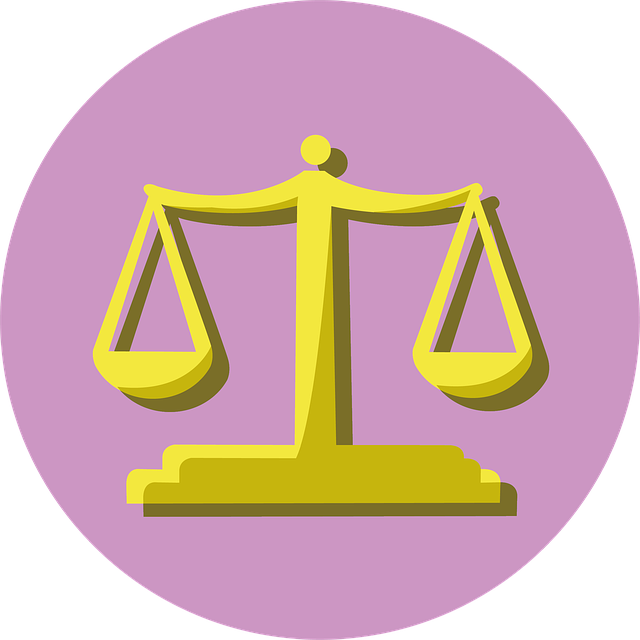
If you’ve suffered an injury after falling on uneven pavement, it’s crucial to take immediate action. First, assess your injuries and seek medical attention if necessary. Documenting the incident is key; take photos of the unsafe condition that caused your fall and note any witnesses present.
Next, gather evidence by collecting contact information from anyone who saw what happened. This could be invaluable in establishing liability for your uneven pavement fall. Contact a legal professional experienced in business litigation to discuss your options for pursuing client recovery or, in the event of severe injuries, exploring potential wrongful death claims.
In cases involving falls due to uneven pavement, establishing liability is crucial. From understanding the legal framework to taking immediate steps after an incident, this article has outlined a path to navigating these complex scenarios. When it comes to who’s liable, it often depends on factors such as local laws, property ownership, and negligence. Property owners and municipalities have a duty of care to maintain safe public spaces, and failure to do so can result in legal repercussions. By being aware of your rights and the available resources, individuals affected by uneven pavement falls can take proactive measures to seek justice and prevent similar incidents from occurring in the future.
